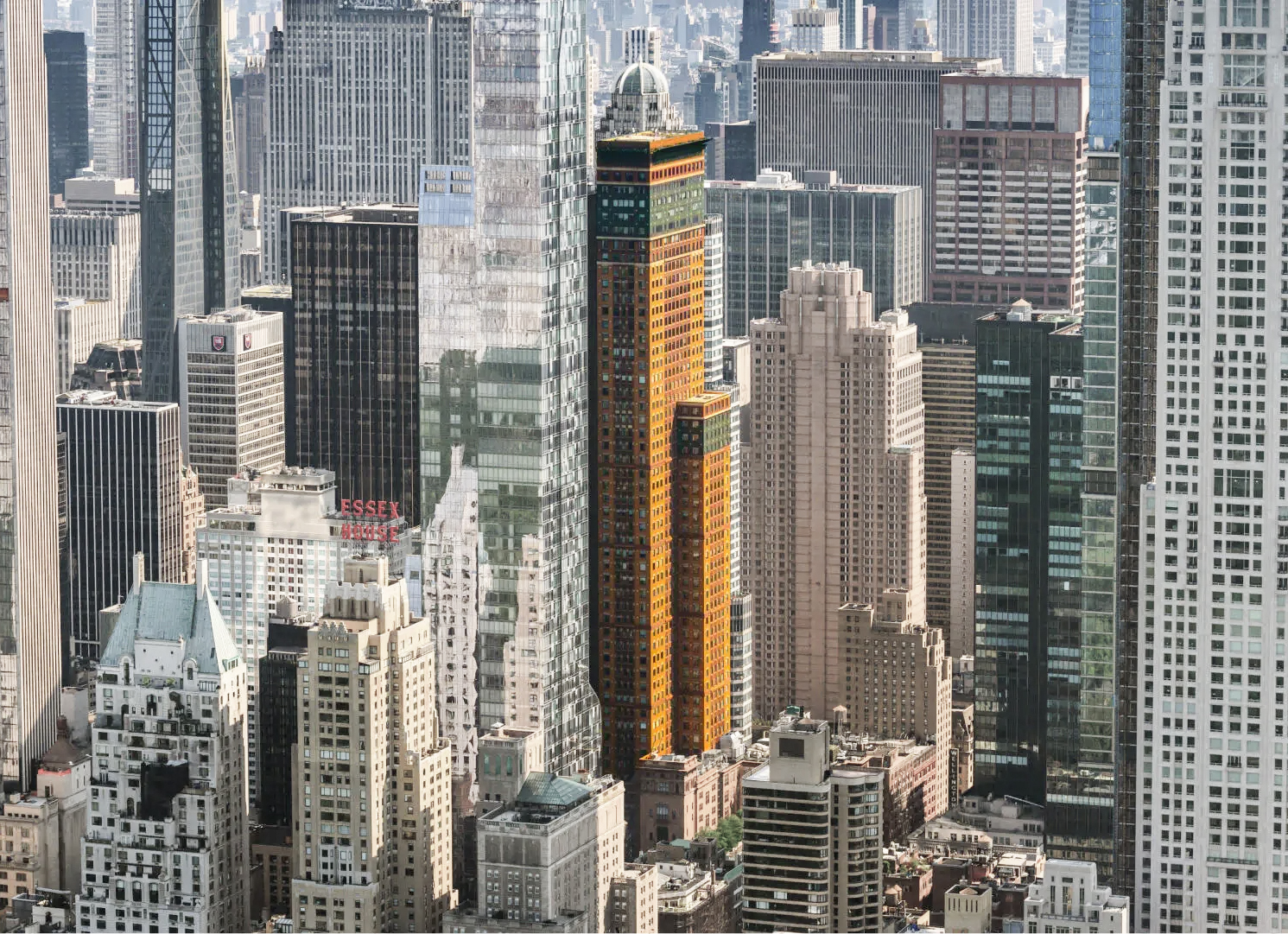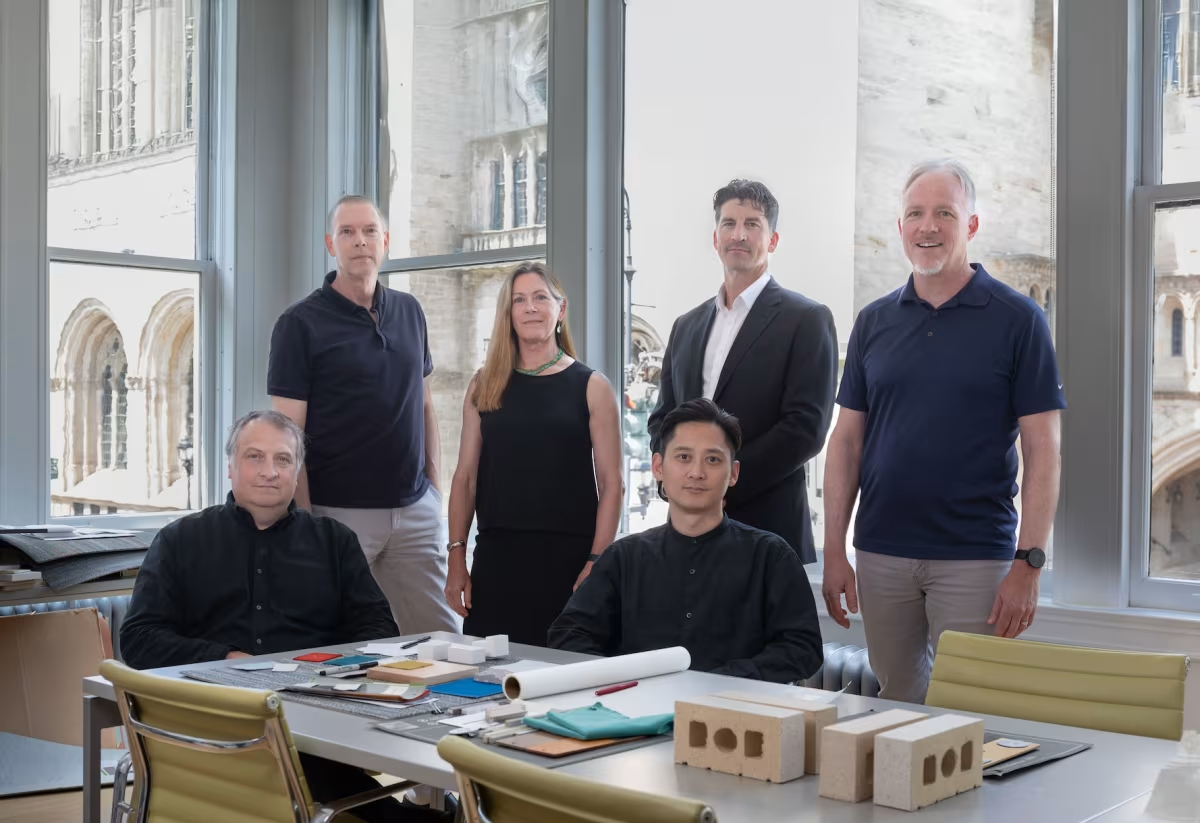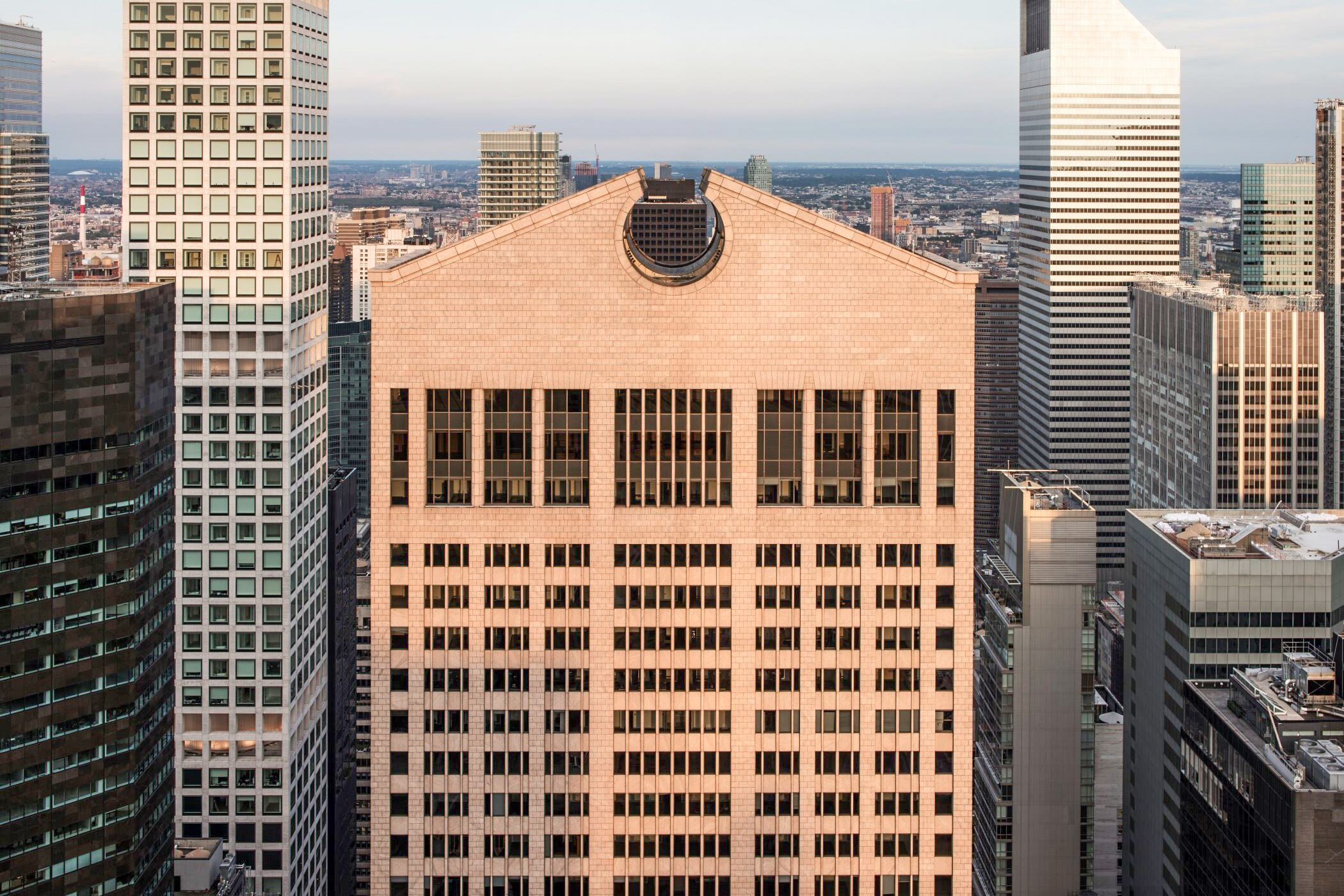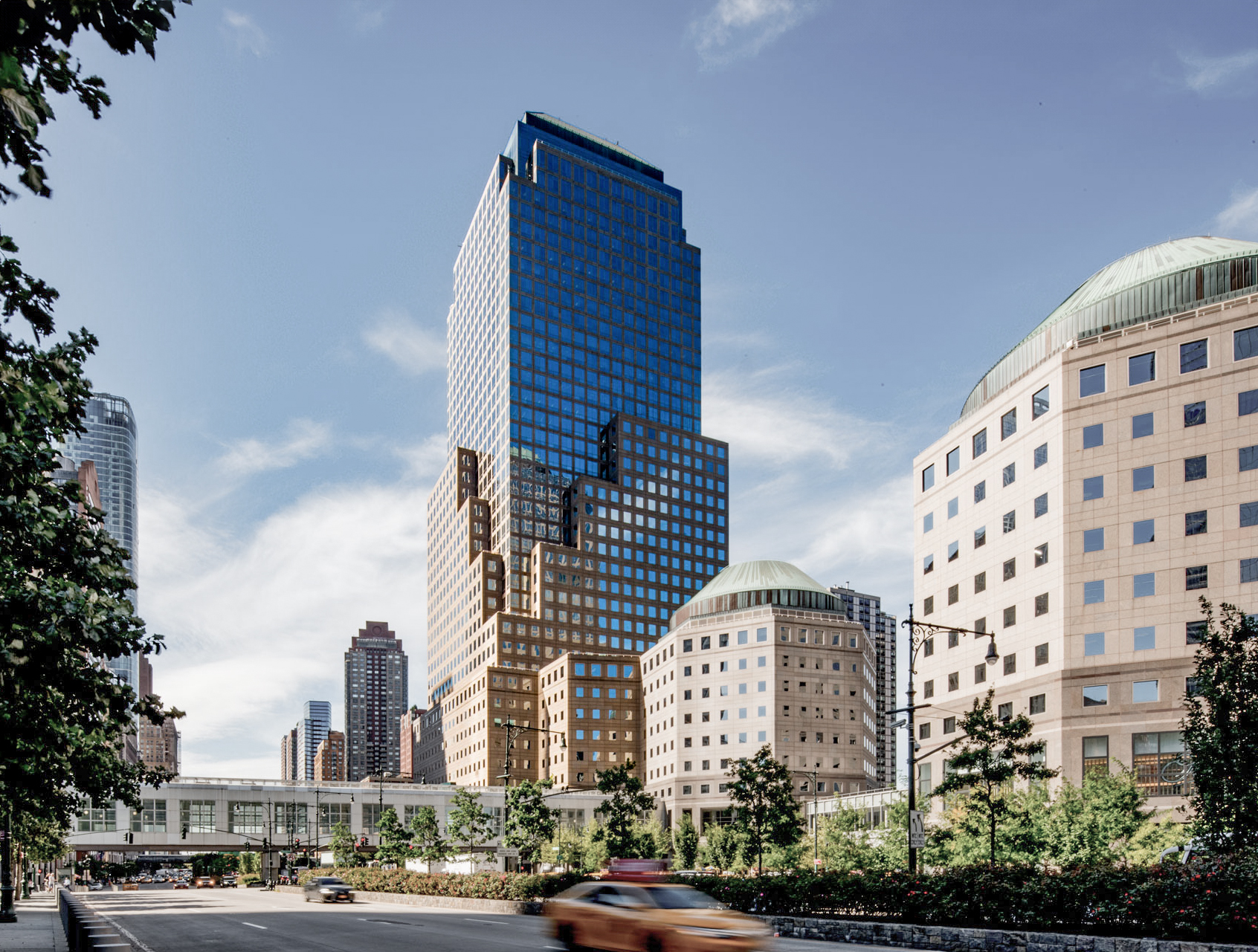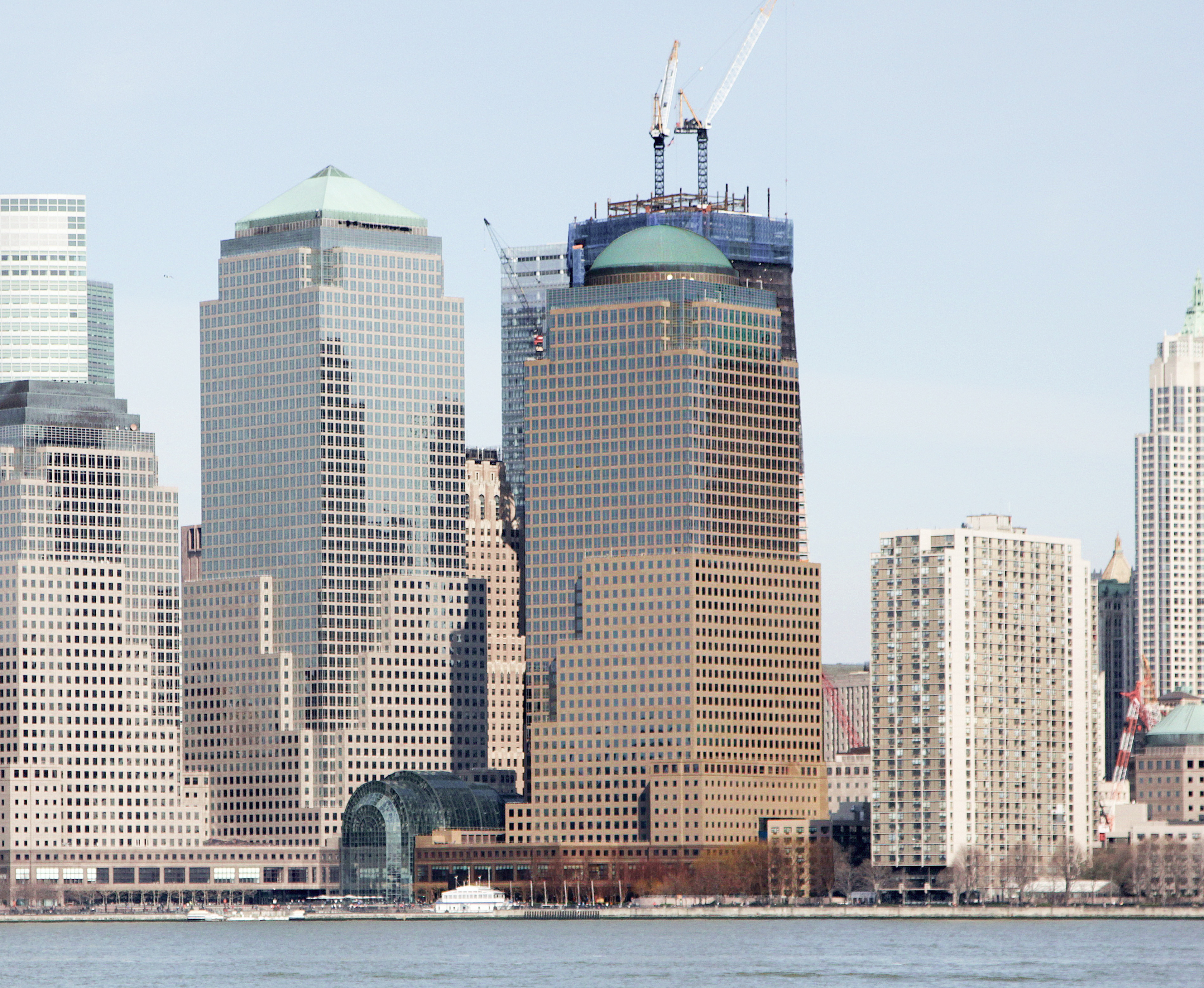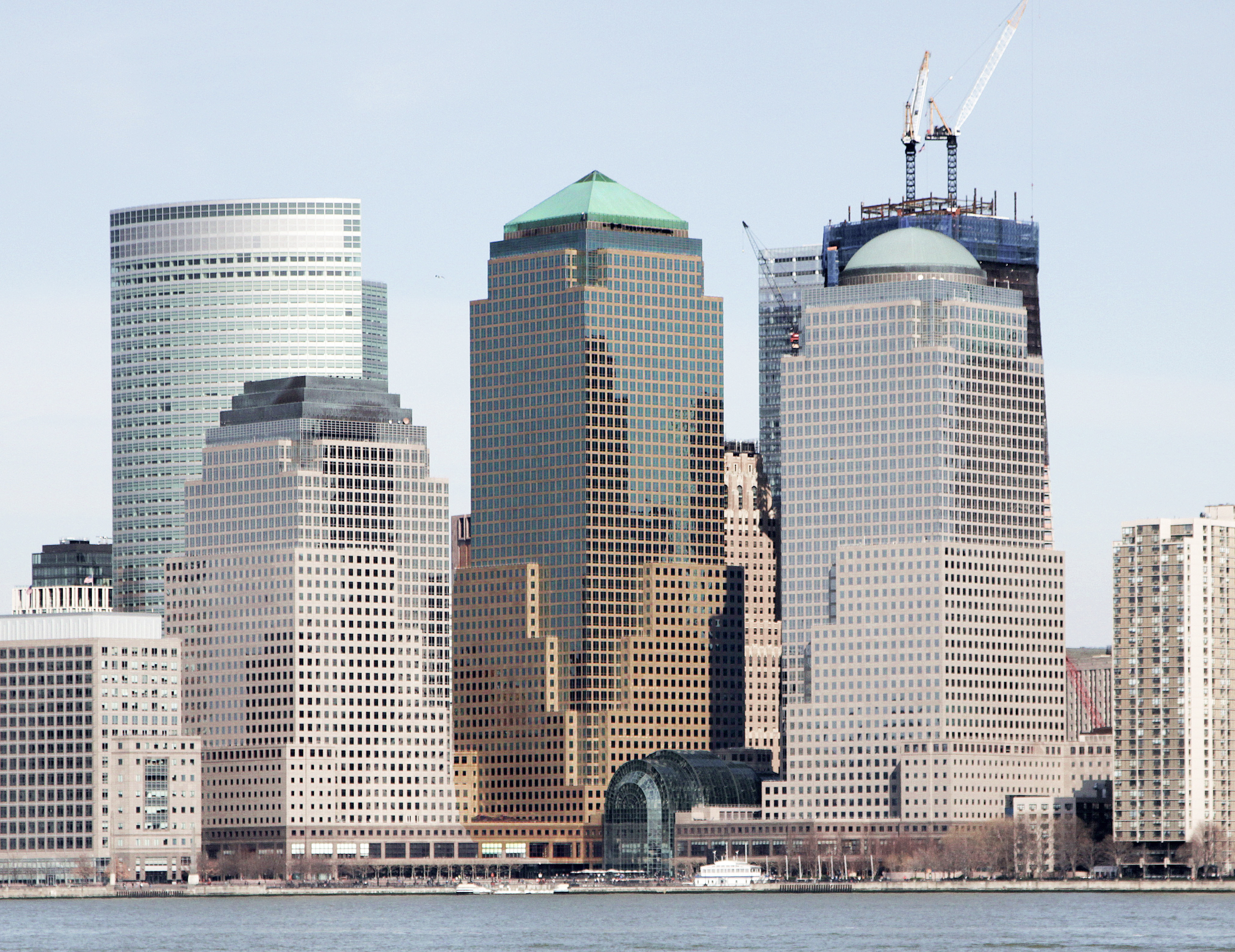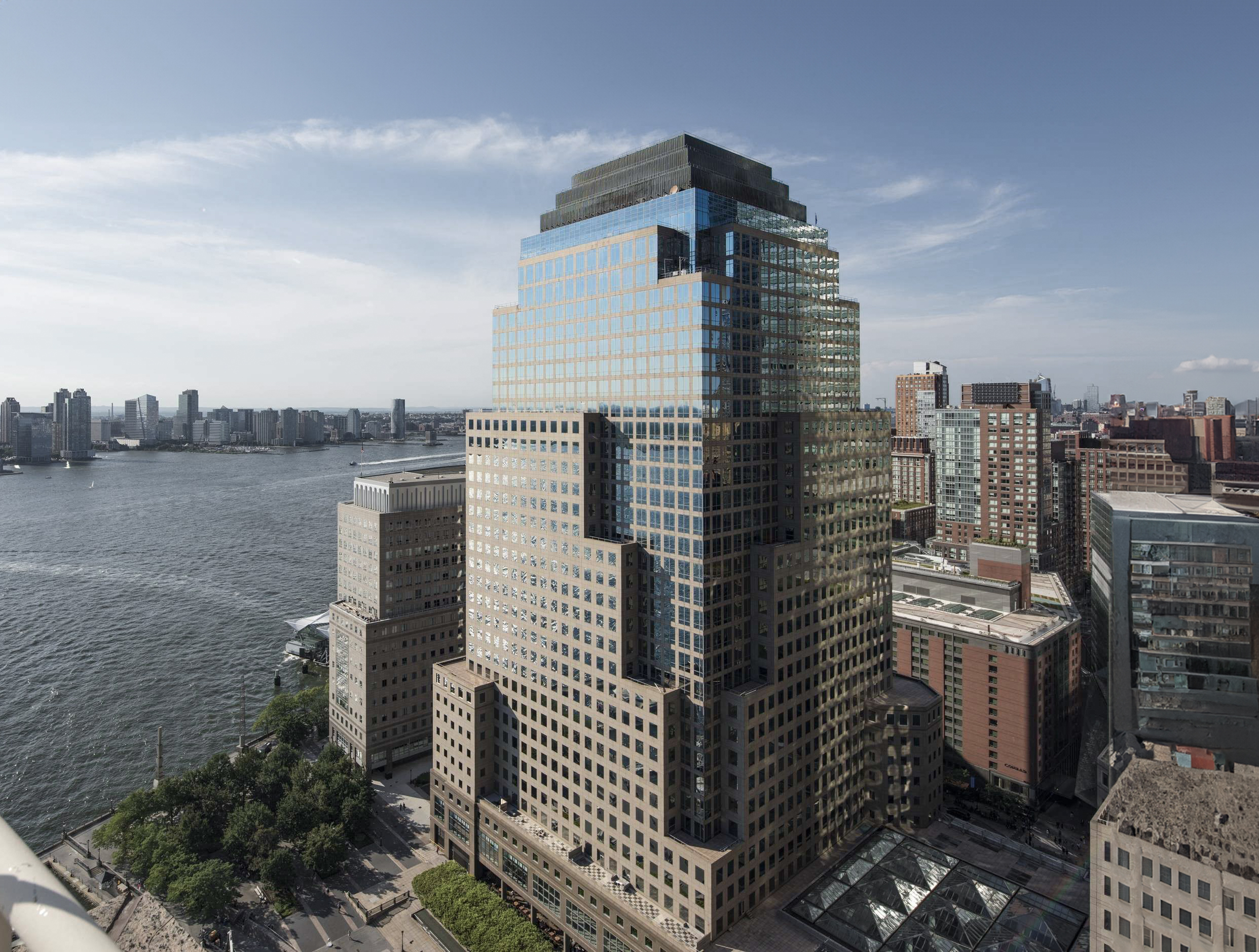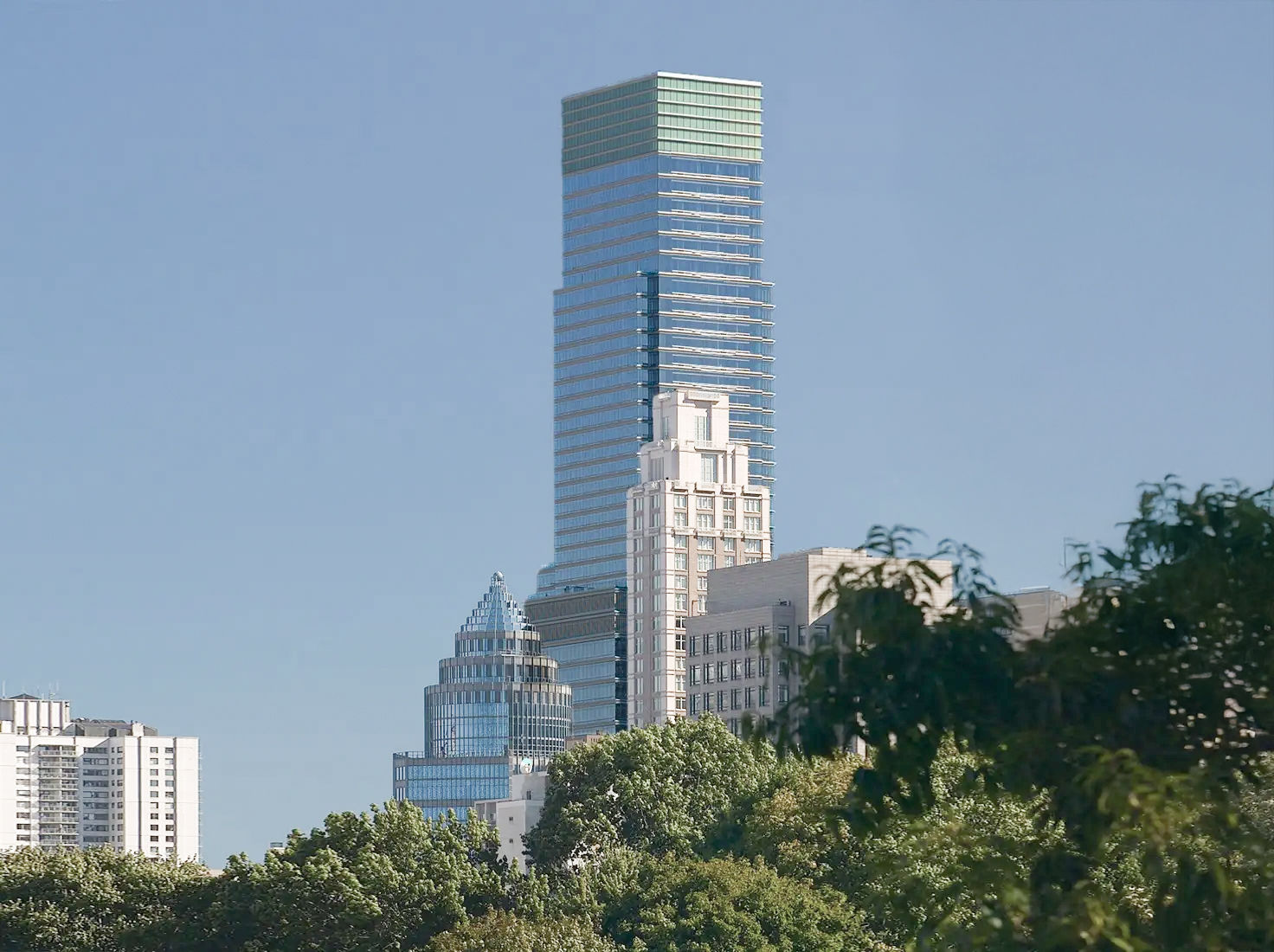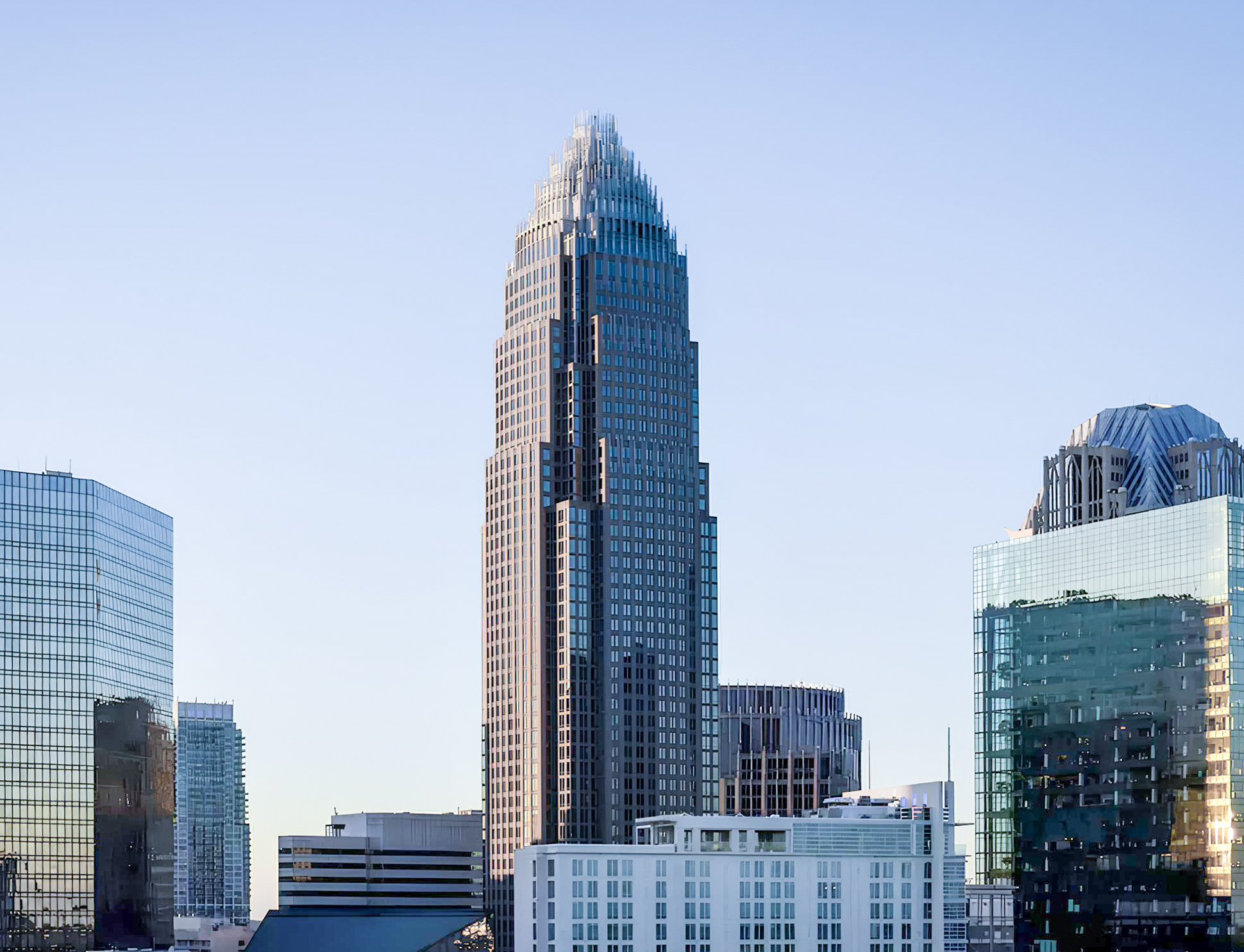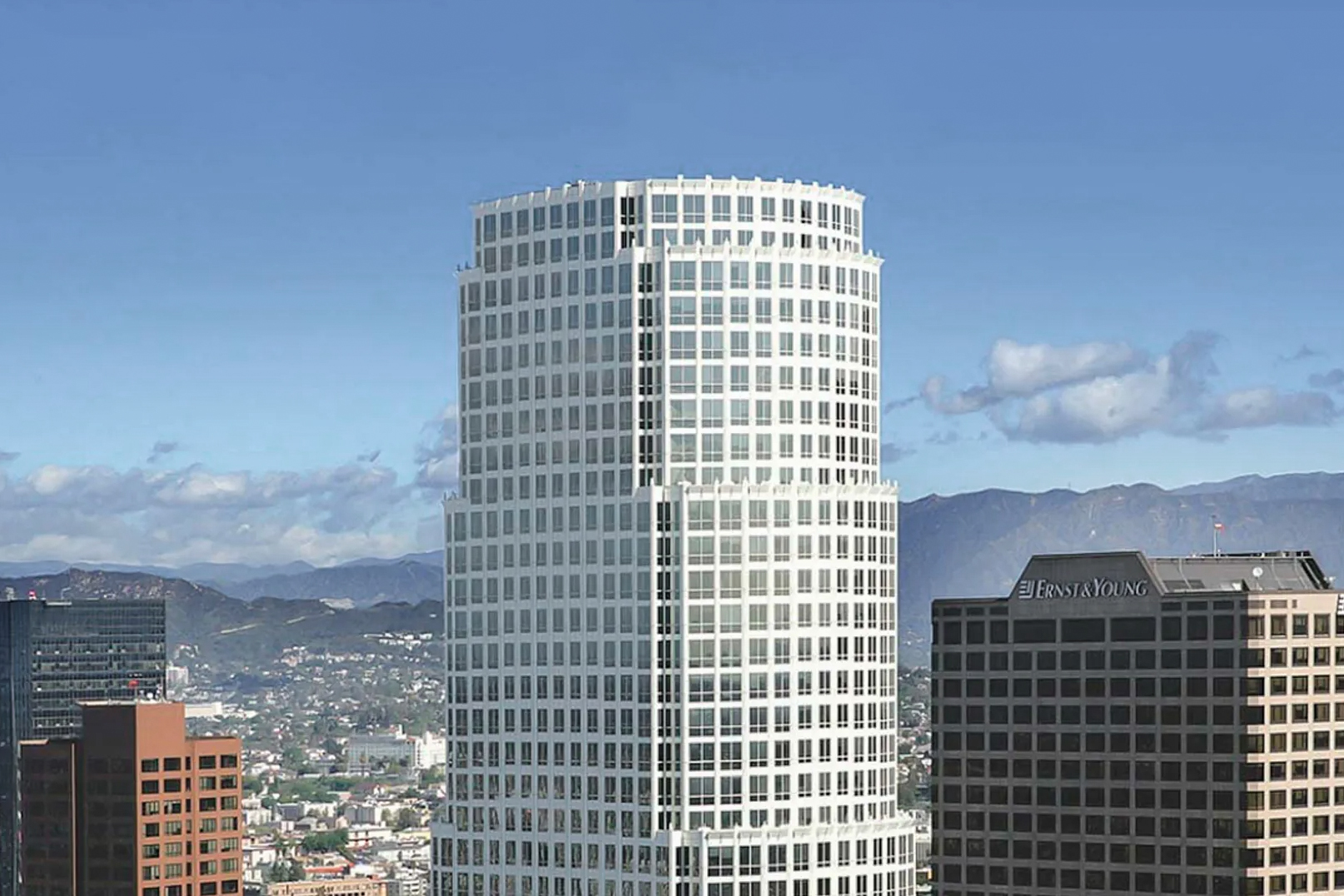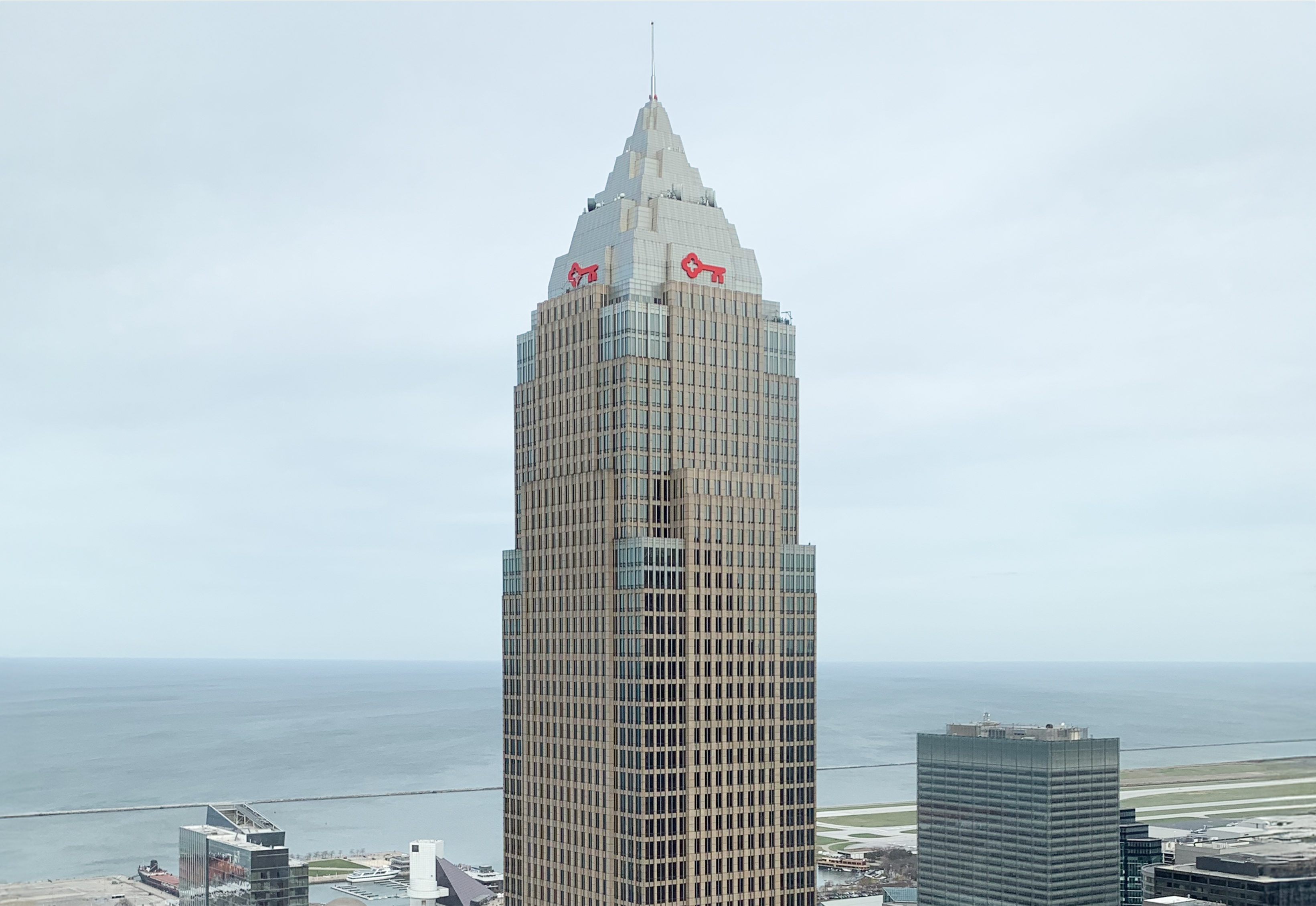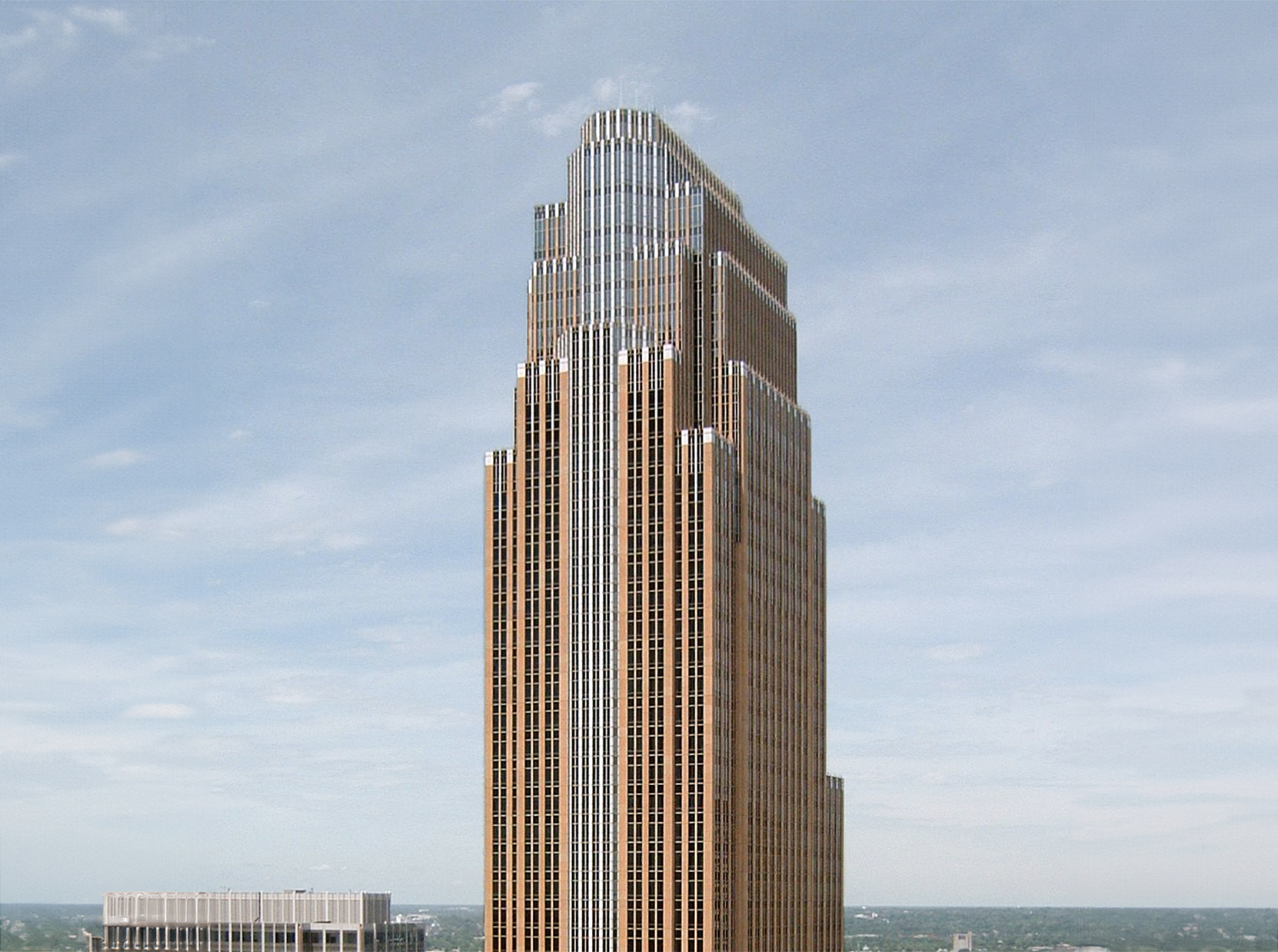The Carnegie Hall Tower is a Postmodernist skyscraper designed in 1987 by César Pelli & Associates, in association with Brennan Beer Gorman Architects, and built between 1988 and 1991 in New York, NY.
Its precise street address is 152 West 57th Street, New York, NY. You can also find it on the map here.
In 1994 the Carnegie Hall Tower was awarded with the Honor Award from the American Institute of Architects.
The building is strategically positioned between the iconic seven-story Carnegie Music Hall and the renowned five-story Russian Tea Room on West 57th Street. The exterior's masonry and reinforced concrete design elements draw inspiration from the architectural details of its namesake.
The building underwent a major restoration in 2023. The architect commissioned to undertake this restoration was Loci Architecture.
